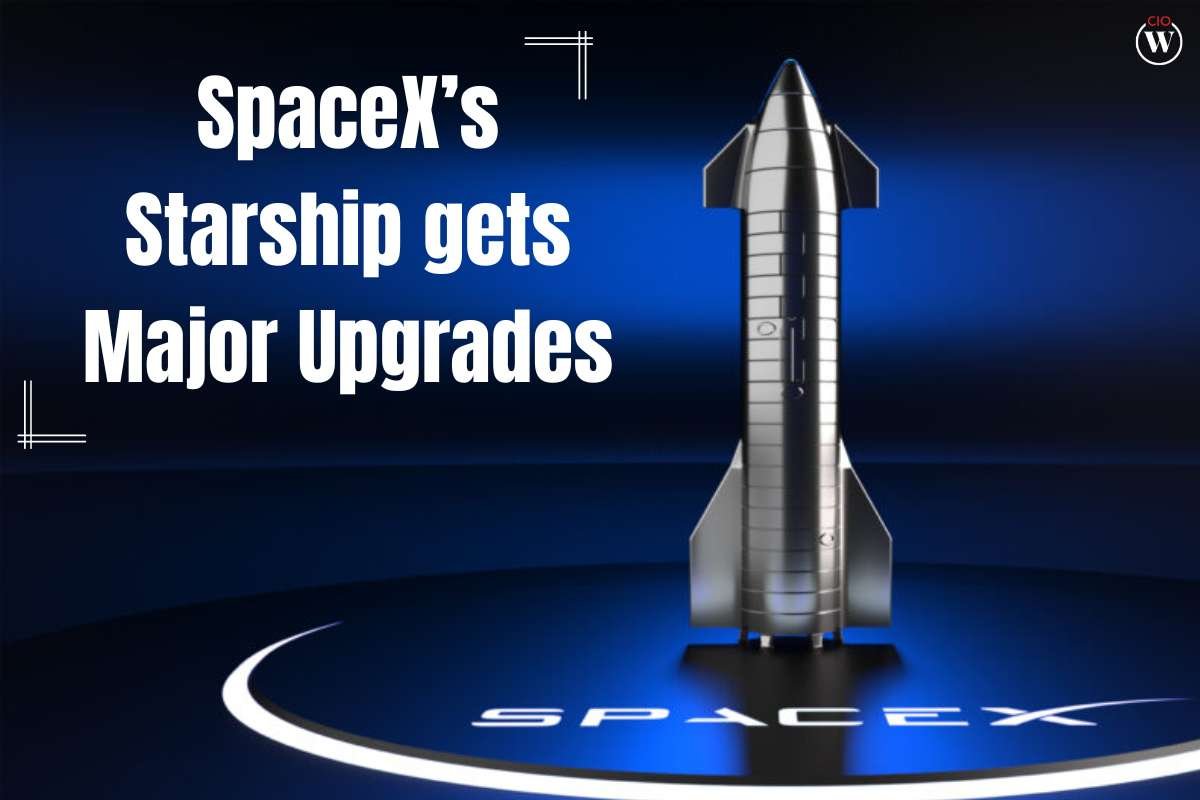Elon Musk, the company’s creator, said on Saturday that SpaceX Starship will need another six weeks or so to complete integrating hundreds of modifications and the massive booster’s Texas launch pad.
In the wake of the Super Heavy’s dramatic April 20 debut flight, during which the rocket blew itself up due to multiple engine problems and the Starship upper stage’s failure to separate from the first stage booster, that is assuming the Federal Aviation Administration grants permission for the aircraft to fly.
Significance of the Decision
Musk stated that SpaceX is making “well over a thousand” changes during a Twitter Spaces conversation with author Ashlee Vance, adding that “I think the probability of this next flight working, getting to orbit, is much higher than the last one.” Maybe it’s around 60%. How well we are at stage separation will determine it.
33 methane-powered Raptor engines are present in the reusable Super Heavy first stage, compared to six in the second stage of the Starship. The Super Heavy’s engines were supposed to turn off after lifting the Starship out of the lower atmosphere, according to the original design. After that, the SpaceX Starship would split off and start its own engines to move into orbit.
A dozen engines failed to fire or shut down during the rocket’s first flight, and the SpaceX Starship never detach from the Super Heavy first stage. The entire craft started to tumble after rising just about 24 miles in height. It fell six miles before the rocket’s self-destruct mechanism went off and blew it to pieces. It took the self-destruct system longer than anticipated to react.
Musk outlines major upgrades for SpaceX Starship stage separation ahead of next launch
A Late-breaking Change
According to Musk, the stage separation system has been changed for the rocket’s second flight, calling it a “late-breaking change that’s really quite significant.” The Super Heavy engines will shut down before the SpaceX Starship engines start up. Russian rockets have long used this so-called “hot staging” technique. By decreasing the velocity lost between the first stage engine shutdown and the firing of the higher stage engines, according to Musk, the performance of the Super Heavy-Starship will be improved.
The majority of the engines on the booster are turned off, leaving only a handful functioning, and at the same time, the engines on the ship, or higher stage, are started, the man explained. Naturally, that has the effect of sort of blasting the booster, so you need to guard against the higher stage engines igniting the boost stage’s top. The answer entails adding shielding to the Super Heavy stage’s top and extending it with vents to divert upper stage engine exhaust plumes away from the lower stage during their initial descent.








